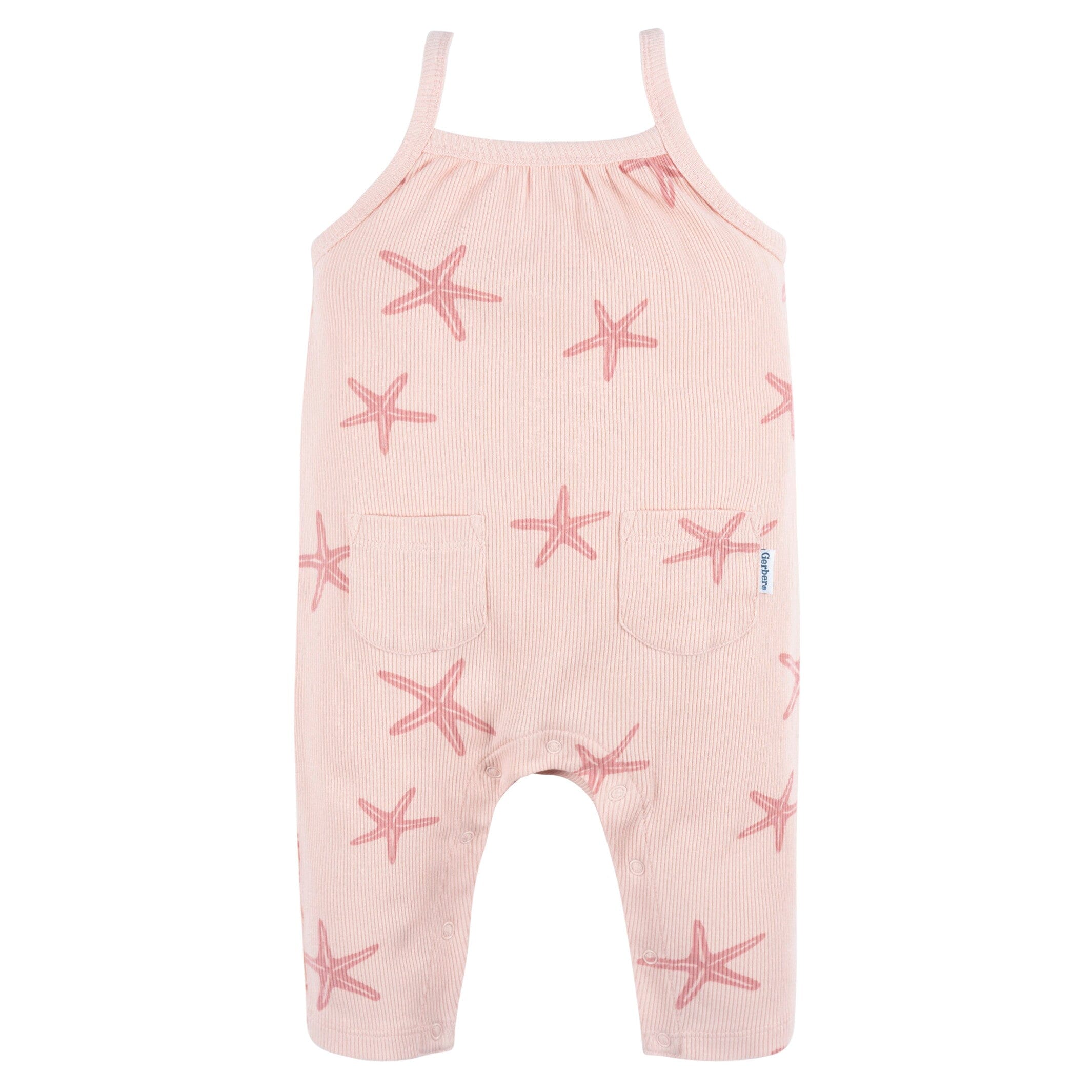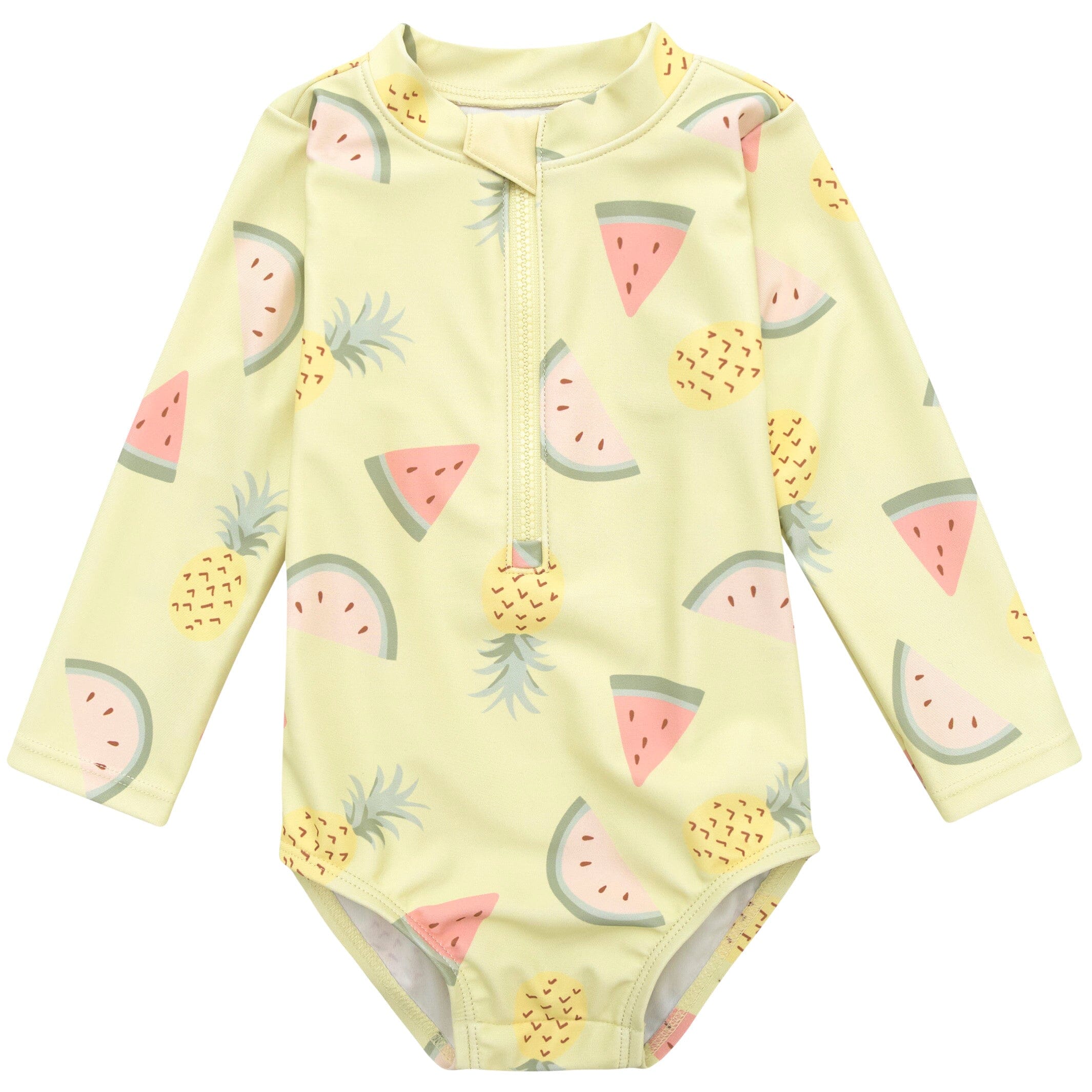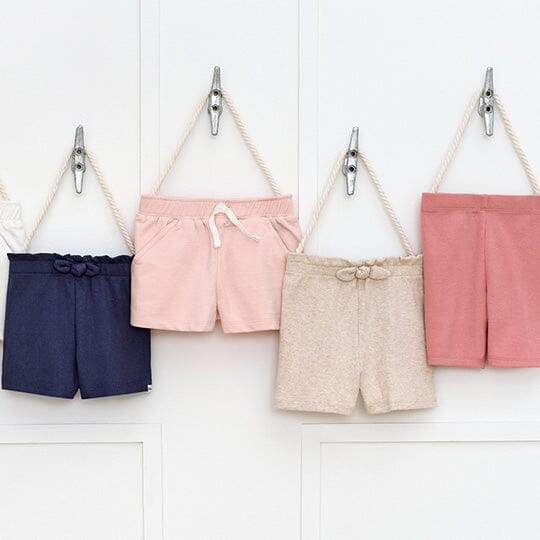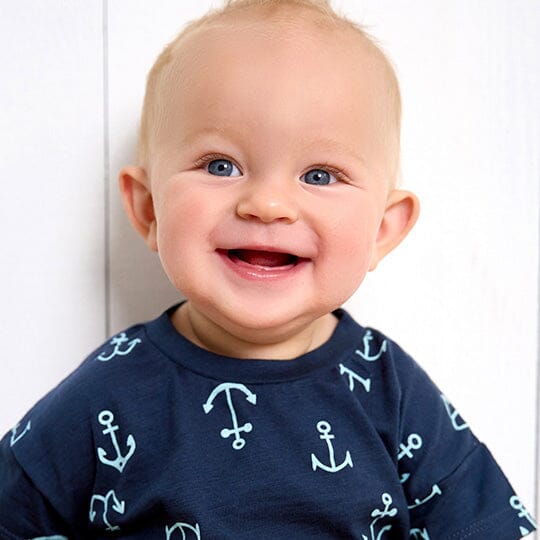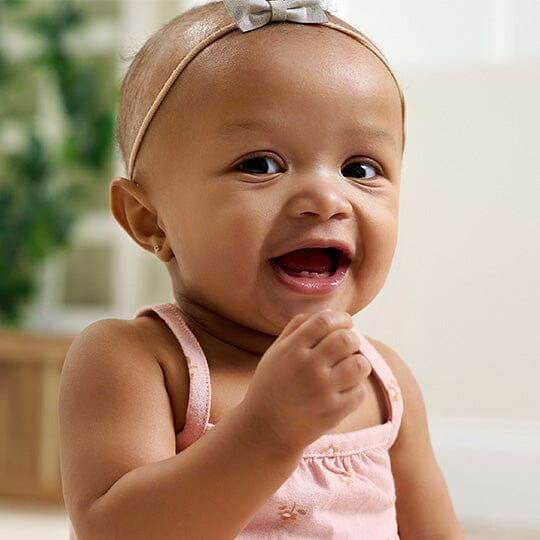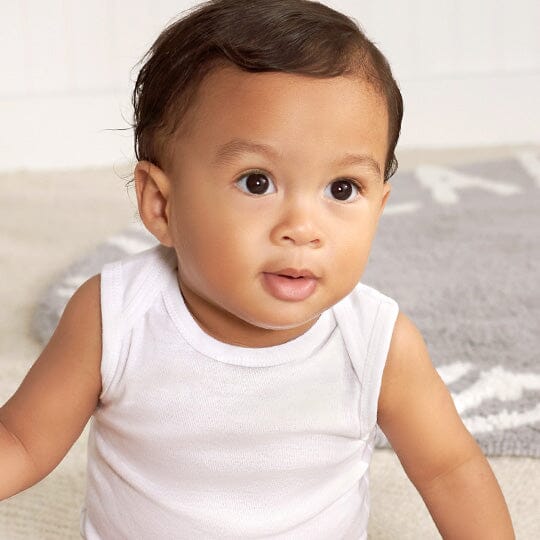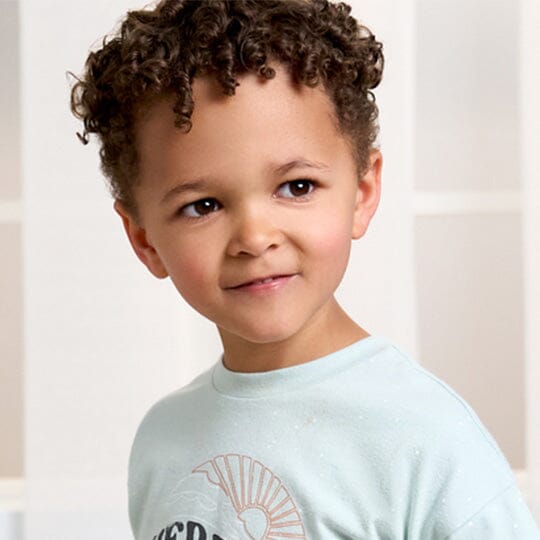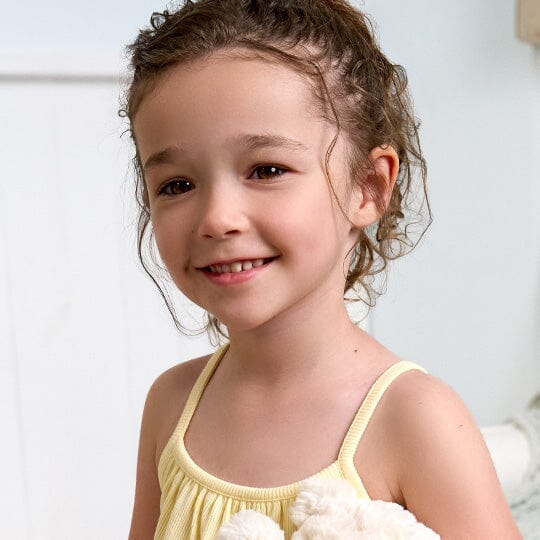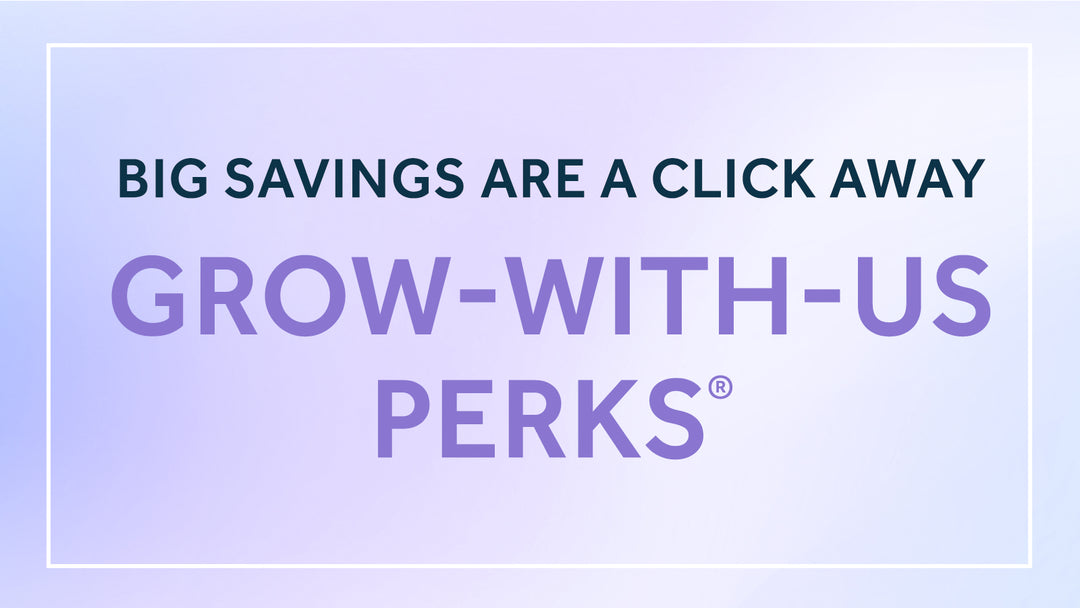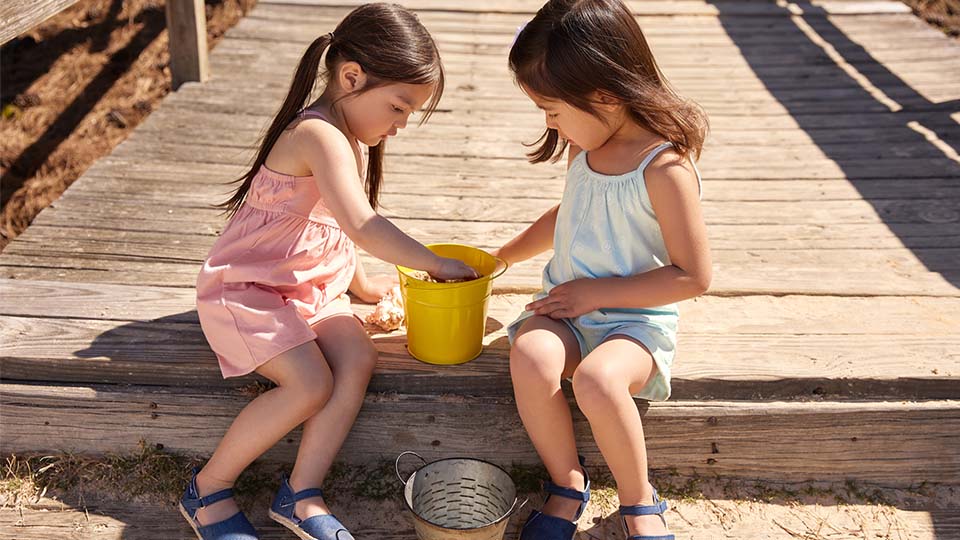A Survival Guide to Potty Training

Potty training is an important rite of passage for your entire family. Once your baby switches from wearing diapers to using a toilet, you’ll be able to enjoy a newfound sense of convenience in your life. You may also be able to save a little extra money on baby supplies at the store.
When it comes to your child, they’re sure to have more confidence and independence. This developmental foundation will help them achieve new goals in the future, like attending preschool and kindergarten. Plus, besides being a proud parent, we’re sure you won’t miss using a changing table or buying tons of baby wipes.
Before you get excited about the idea and start potty training today, you should know that not every baby or toddler will be ready for toileting at the same time. A readiness to potty train will depend on your family’s lifestyle, as well as your baby’s unique personality. If this makes you feel like you need a survival guide to potty training, don’t worry—we have you covered.
We’ll explain everything you need to get started. We’ll also let you know when it’s time to pause the training and try it another time. After reading this information, you’ll be more confident about whether potty training is right for your infant. You’ll also know if you should give your child a little more time or if you should wait until the toddler years.
How to Potty Train a Baby

If you started using a toilet as a toddler, you may be baffled at the idea of potty training a baby. While potty trained babies aren’t exactly common, it is possible to have an infant use a toilet. It’s not a task for every parent or family, so how do you know if it’s right for you?

First of all, to potty train a baby, you must be extremely patient and repetitive with your child. It will take quite some time before you both can fall into a natural rhythm, but you’ll need to be consistent with your potty-training schedule throughout the entire process. Besides your commitment, your baby must fall into a regular schedule with their wet diapers and bowel movements.
You’ll also need to keep regular track of diaper changes. For many parents, it’s helpful to create a log of wet and soiled diapers in a notebook or in the notes section of your smartphone. Write down each time your little one goes number one or number two. This practice is quite similar to when you logged their wet and soiled diapers as a newborn.
Once you keep a log for a couple of weeks and notice patterns in their diapering habits, you should notice a repetition in their natural schedule. At that point, you can start to anticipate when it’s time to pick them up and introduce them to the toilet. You should also watch for their nonverbal communication cues. For example, grunting or scrunching of the face could be a couple of the possible signs that your baby is about to have a bowel movement. You know your child best, so follow your instincts. When you think it’s time, take your baby to their potty training toilet.
Repeat until it becomes a habit for your child. If possible, have every caregiver complete the same daily process. This will allow your baby to master potty training quicker than if they diaper all day while staying with your spouse or when going to daycare.
What to Know About Infant Potty Training

As a general rule, the doctors at the Mayo Clinic say that potty training can occur anywhere between infancy and three years of age. Most children will begin using a toilet between the ages of 18 months and three years old. With this timeline in mind, some moms and dads will still be curious about how to potty train a baby. Others will decide not to touch the subject until their child becomes a toddler. No matter what your philosophy is now, one of the best ways to gather more information about your family’s unique situation is to talk to your child’s pediatrician.

You’ll also have a little research and homework to do on your own. Learn more about the basics of what is known as elimination communication. This potty training approach is considered by many baby experts to be a necessary technique for infant toilet training. Since your baby can’t yet communicate their needs with words, elimination communication involves anticipating your baby’s nonverbal communication skills and paying attention to their bathroom schedule, say the experts at WebMD.
Finally, it’s helpful to understand what the doctors at Nemours Children’s Health call the signs of potty training readiness. The signs of potty-training readiness include an ability to follow simple instructions and a track record of your baby keeping a diaper dry for at least a couple of hours. If you take a look at both of these options and still think that potty training a baby sounds like an option that you’re interested in trying, it’s time to read more into our survival guide for parents.
How to Use an Infant Training Toilet

When you arrive at the training toilet, hold your baby securely on the seat so they can’t slip and fall. As they attempt to use the bathroom, you can try encouraging them by making a noise that will help them associate the practice of peeing or pooping. Many parents like to make an “sssss” sound, similar to a snake. While this is one of the most common noises parents choose, you’re free to use any sound you’d like. Make the same noise every time your baby goes to the bathroom.
Once you get into a routine, try adding a couple of potty breaks into your day. Now that your child matches a sound with the toilet routine, they may be able to poop or pee when they enter the bathroom. To make baby potty training work, the VeryWell Family team says to be as consistent as possible. Take your child to the toilet each time they signal that they want to pee or make a bowel movement.

A consistent bathroom break schedule can also help get them into a rhythm. While repetition can feel safe and comfortable for children, recent scientific studies published by the National Center for Biotechnology Information indicates that stress can set them back developmentally. If you need to travel or otherwise go out of the home for several hours at a time, don’t feel bad about using diapers for the day. Continue your routine once your schedule settles down again.
When to Put a Pause on Your Potty Training

With any luck, your baby will be able to follow a natural daily rhythm and adapt to a potty. However, there are times when you should pause the training and stick with diapers. If in the first year of your child’s life they do not seem to respond to the training, consistently refuse to use the toilet or otherwise become afraid of using the bathroom, consider going back to traditional diapering and try the potty again in a few weeks.
If your baby tends to urinate frequently or doesn’t like the feel of training pants, you should also revisit the subject later. Babies in daycare may also have a tougher time sticking to a potty-training schedule, since their caregivers will probably have a diapering policy for all children. According to VeryWell Family, some kids may not be interested in using a toilet or pulling their pants down to go to the bathroom until they are approaching three years of age. Others decide not to use the potty as a means of control.
If you know the reason why your baby is resisting, be patient. Understand that their timeline for using the bathroom is as unique as when they crawl, walk or begin to speak. Many babies are not emotionally or physically ready to respond to a toilet schedule. It’s also okay if you put a pause on potty training and stick with diapering until it’s obvious that your child can use the bathroom at home and in public.
How to Make Potty Training Easier

When you get started with potty training in your home, you’re probably searching for ways to make it more fun and rewarding. A colorful potty adorned with your child’s favorite animals or cartoon characters can make them more interested in using the toilet. Training pants in a variety of colors and patterns can also make potty-training more exciting. With the right training pants, your little one will be able to transition gradually to underwear with more confidence. They’ll also have much more protection than traditional underwear while still feeling like a big kid without a diaper.

If you’re ready to buy a few starter pairs, try our girls’ training pants. They come in polka dots, floral patterns and sweet animal prints, so your little one feels pretty when she’s learning her new skills. You’ll find an array of boys’ training pants with sports prints, zoo animals and smart stripes.
When your baby goes to the bathroom on their training toilet, be gentle and positive. When they complete a pee or a bowel movement, don’t forget to give them a hug and congratulate them for a job well done. Even if they’re unable to understand the language of your words, they’ll hear the positive inflection in your voice and the warmth of your touch. As always, these nonverbal cues will communicate your pride, affection and love.
Creating the Best Potty-Training Experience for Baby

As you will soon learn, there is no right or wrong way to toilet train or parent your baby. The important thing is that you and your child are healthy and happy. It’s also essential that you’re comfortable with each part of your caregiving style. Keep each section of this guide in mind when pondering whether to try baby potty training.

Remember: Most kids don’t even begin to potty train until well after their first birthday, so there’s no pressure to master toileting until you’re past the infant stage. Still, if you’re one of those parents who is positive, hopeful and likes to set big goals, there is a chance that you and your baby can find a rhythm, and you can ditch the diapers sooner than you ever thought possible. As you continue your journey, don’t hesitate to seek information from your child’s pediatrician and talk to your loved ones about their experiences. Gathering knowledge and tactful advice can help you formulate your decision on how to move forward with potty training.
In the meantime, find the potty training or diapering supplies that are right for you and your precious little one. In addition to cute and versatile training pants, we also have a wide selection of reusable cotton diapers. Our collection of unisex cloth diapers comes in waterproof, prefold gauze and prefold birdseye cloth multipacks. They make the perfect gift for new parents—and they’re also an excellent way to start your family’s cloth diapering adventure.
Whatever you need for your nursery, know that we’ll be here with you every step of the way. While you may not be able to predict which way your toilet training will go, it’s just another lesson in being flexible, positive and dynamic as a new mom or dad. Best of all, you’ll enjoy peace of mind knowing you’re providing the best diapering or potty experience for you and your baby.


